
How to avoid dust in the house when using a wood stove: tips and tricks for a clean and healthy home
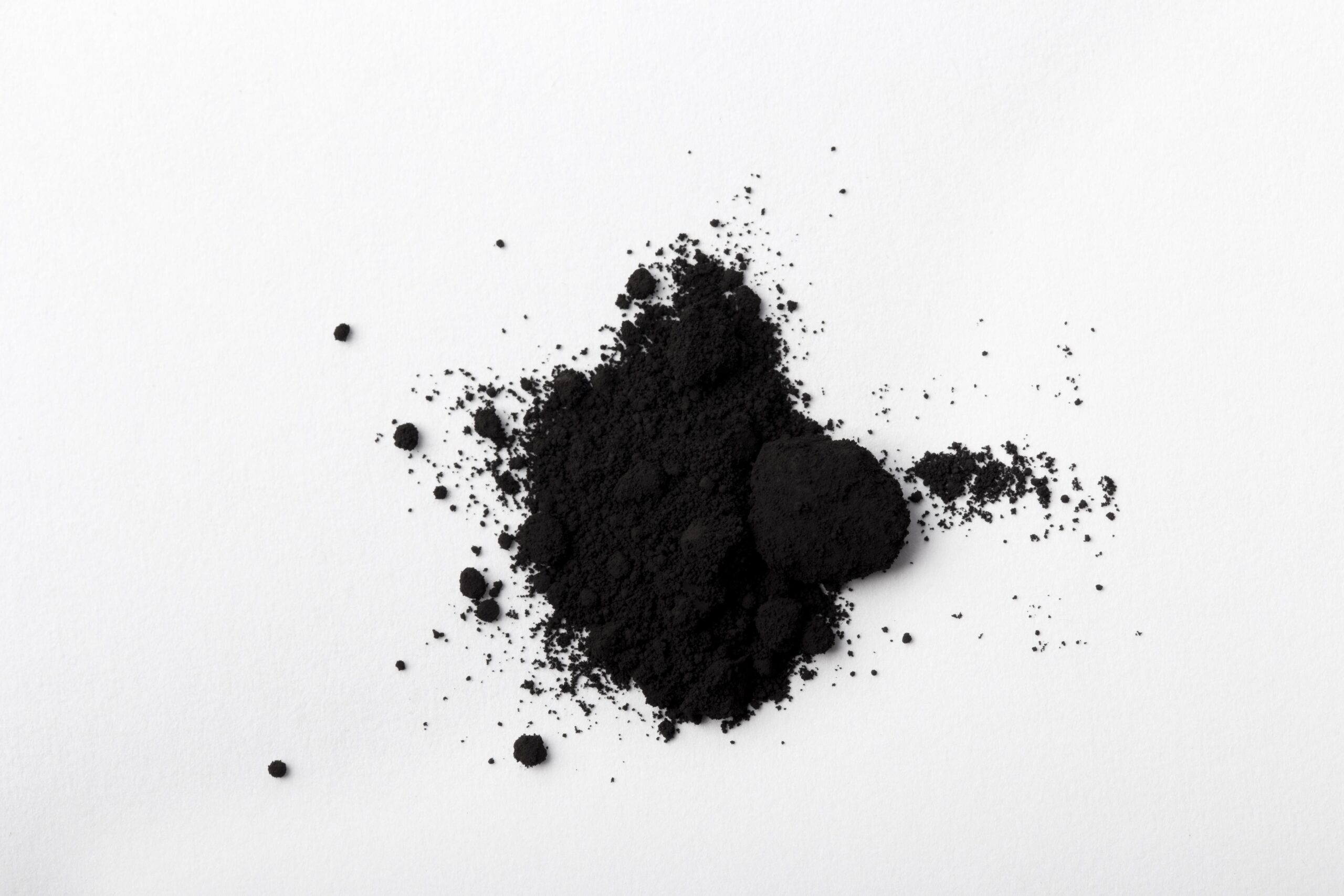
Although the new ecodesign stoves are built with combustion chambers specifically manufactured to achieve the highest efficiency and a totally clean combustion process, this does not mean that problems such as the origin of creosote, a very problematic substance that must be fought daily to avoid its creation and its serious consequences, are completely eliminated. In today’s post we will show you the best habits and tips that you can apply to keep you and your appliance away from the great dangers of the appearance of creosote and its accumulation inside the ducts that make up your stove.
Creosote is a chemical that is generated when wood burns in the stove. It is a dark, sticky, tarry substance that sticks to the walls, doors, ducts and flues of the stove. Creosote is formed by the combination of acids released during wood combustion with moisture contained in the air or the fuel itself. When the temperature of the chimney or flue is low, creosote condenses and solidifies, forming a thicker and harder layer. This substance tends to be confused with soot, another material caused by lack of cleaning and care of the stove.
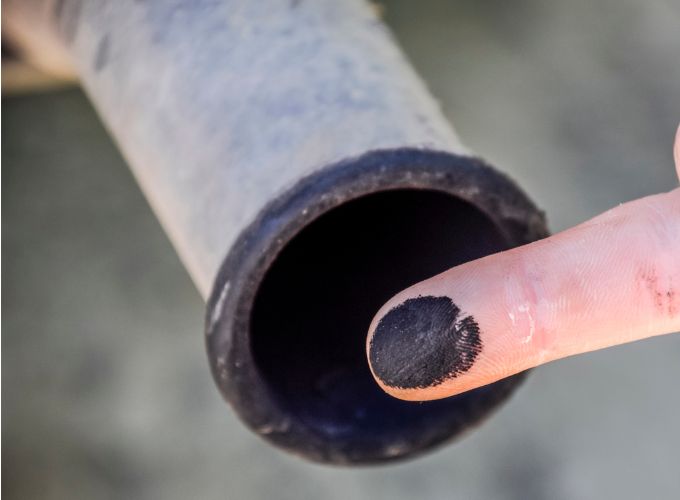
These are the main differences that few people are aware of between these two annoying substances:
Irritation of mucous membranes and skin by creosote can be caused both by direct contact with the substance and by exposure to smoke or dust from creosote-treated wood. Irritation may be more severe if the skin is wet or exposed to the sun. Irritation may last from a few hours to several days, depending on the intensity and duration of exposure.
Explosions or fires due to creosote can occur if the flue or chimney temperature exceeds 200°C. This can happen if wet wood is burnt, the stove flue is closed or a reverse chimney effect occurs. Flames can spread quickly through the flue or chimney and reach the roof or walls of the house. These fires can be difficult to control and extinguish, as well as endangering not only the structure of the appliance, but also your home and the health of its inhabitants.
Carbon monoxide poisoning from creosote can occur if the smoke does not come out of the flue or chimney properly and accumulates inside the house. Carbon monoxide is a gas produced by the incomplete combustion of wood that prevents the transport of oxygen in the blood. Symptoms of poisoning can include headache, dizziness, nausea, vomiting, weakness, confusion and loss of consciousness. In severe cases, it can lead to even fatal consequences for people who are heavily exposed to these gases.
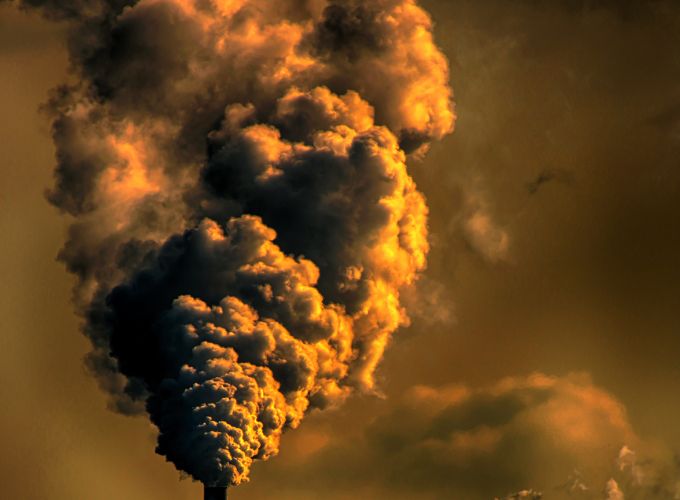
By using these methods you will be able to eliminate creosote from your stove if you have not been able to prevent its creation:

The best way to avoid creosote build-up in your ecodesign wood stove is to prevent its formation through good housekeeping and maintenance practices. Here are some recommendations you can follow:
You can find these tips among many others in our blog post on stove safety.
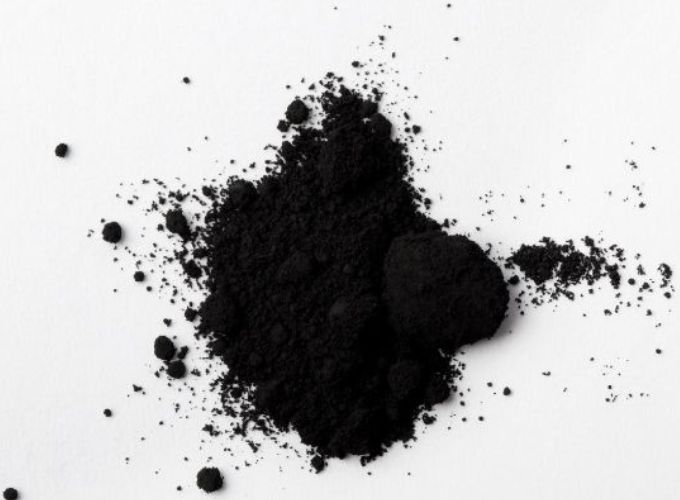
As you have seen, creosote is a hazardous residue that forms in your ecodesign wood stove and can cause health, safety and efficiency problems. Therefore, it is important that you follow the recommendations we have given you to avoid its formation and accumulation. Remember to use dry and well seasoned wood, maintain a constant and lively fire, regulate the primary and secondary air properly and periodically clean the flue or chimney with the help of a professional. This way you will be able to enjoy your ecodesign wood stove safely and comfortably.
Have you found this article useful? Take a look at our blog and find solutions and recommendations to help you with your fireplace or wood stove.
If you still haven’t got your fireplace or wood stove for this winter… what are you waiting for? Visit our online store of Panadero wood stoves.
Articles of interest:
Did you like this article? If so, help us spread it 😊 . Click on the buttons below here and feel free to share it on your social networks!
Thank you very much!
↓ ↓ ↓ ↓

How to avoid dust in the house when using a wood stove: tips and tricks for a clean and healthy home
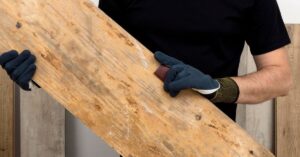
Learn how to remove mould from your wood for use by following the steps in this article.
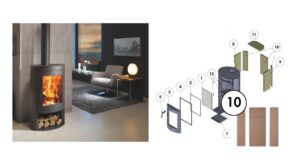
All you need to know: what it is, uses and benefits of wood stoves
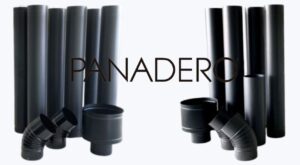
The flue pipe. The silent piece that makes all the difference. You can have a high-performance wood-burning stove with impeccable design and the best double